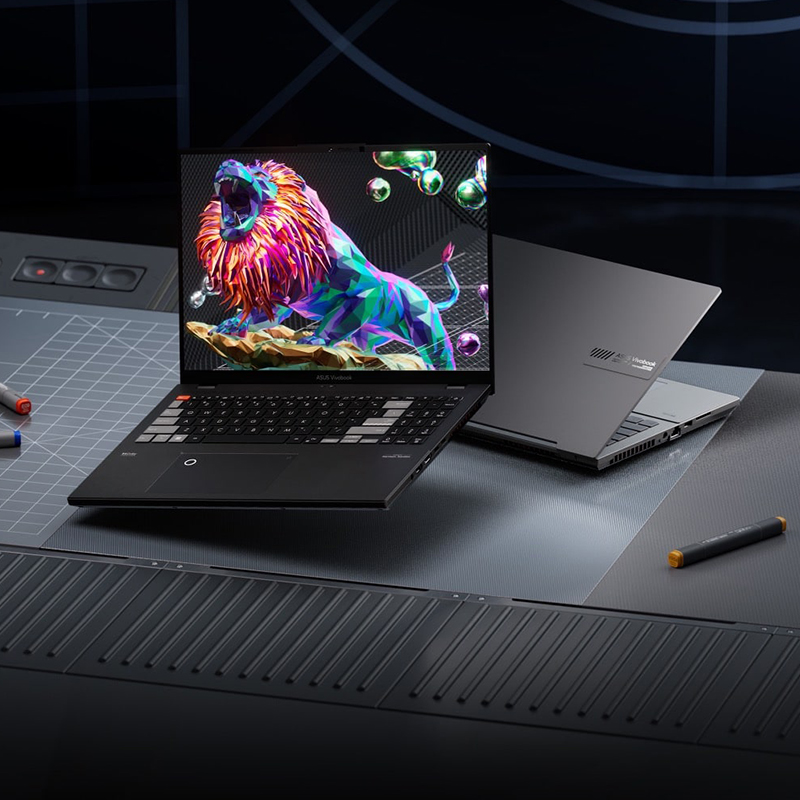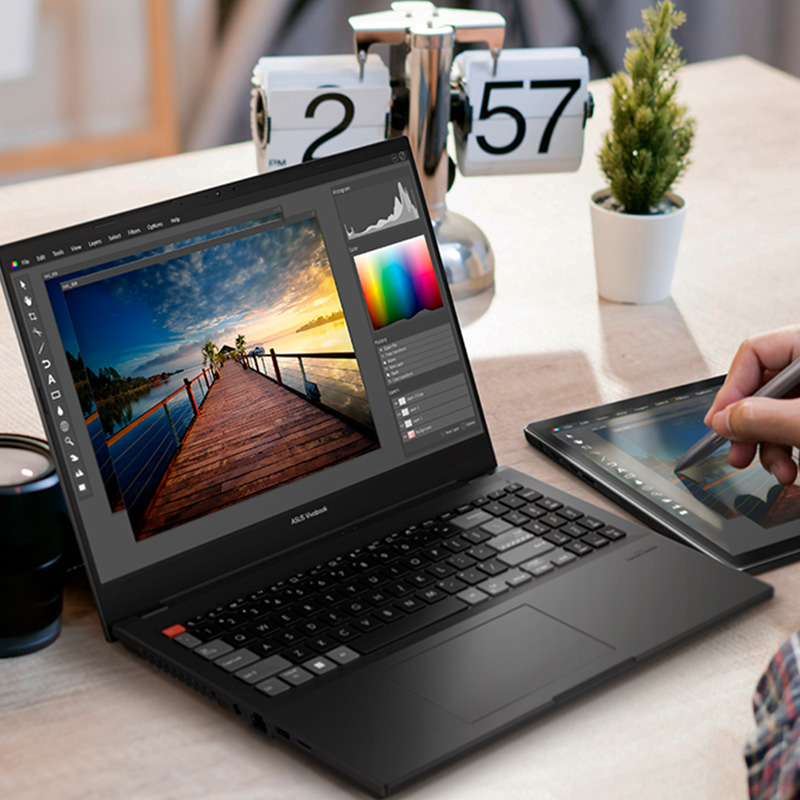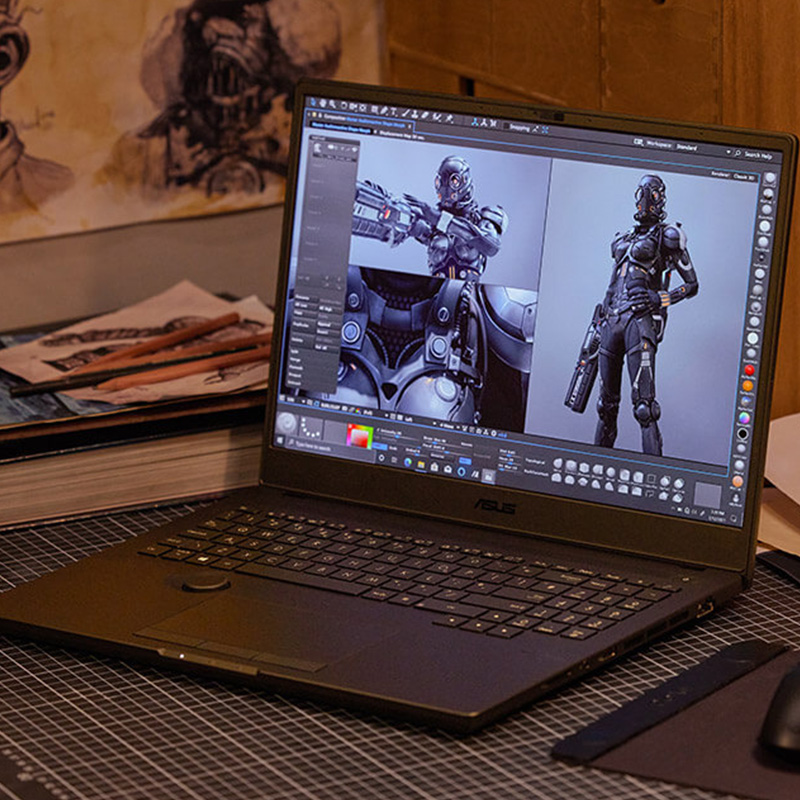Types of Content Creators
“Content creator” is an umbrella term for jobs that involve making
or editing content that appears online or in print.
Here are some popular professions that fall under the content
creator category:
- Content writer
- Editor
- Photographer
- Videographer
- Graphic designer or illustrator
- 3D designer or animator
- Musicians, audio producers
How to Get Started in 5 Steps
There are several steps you’ll want to consider on your path to
becoming a content creator. It’s important to note, too, that you’ll
likely need to develop a portfolio of your work ― whether you work
independently or seek an in-house job.
Step 1: Find What You Like and Become Good at It
Start by choosing what kind of content you’ll be creating. You might
be passionate about a specific content category already, such as
music or graphic design ― or you can choose a content type that
helps you connect with something you’re passionate about, such as
travel photography.
Whichever method or content type you select, you’ll need to acquire
the skills necessary to create high-quality work. If you are not
already proficient in the format you want to create in, you’ll want
to focus on learning the tools and techniques of your craft. Plenty
of online courses and instructional videos are available for free or
for a fee. To put your skills into practice, you may need
specialized equipment for your area of interest. We address that
question in the Gear Up section below, in Tip 4.
Step 2: Decide How You’d Like to Work
There are three common career paths for content creators. The first
two are more traditional routes ― e.g., in-house employee or
freelancer ― and the third is the more recently available role of an
independent online content creator.
Many creators choose to work in-house at an agency, corporation or
other organization. This format of employment promises more stable
income and an ability to create high-profile content with a budget —
meaning, you don’t need to pay for all the equipment and production
costs yourself. To find a job like this, you’ll likely need a
portfolio of work to showcase and land an interview.
Another way is to work as a freelancer. In this role, you’re hired
to create content, according to a specific request. This kind of
work promises more independence and freedom, but the challenge is
that you won’t have a consistent salary. In addition, sometimes
you’ll need to cover production costs upfront, and then invoice your
client for expenses incurred. It can take years to develop a client
base to ensure sustained, somewhat consistent income when working
solely as a freelancer. To offer freelance services, you can choose
to showcase your work on online freelance marketplace. Some
freelance content creators also set up their own one-person
companies to be able to issue invoices for their services directly.
Finally, the kind of work that offers perhaps the most freedom is
creating and monetizing your own content online. This way of working
is challenging, but if you are successful it may offer the largest
rewards. If you don’t have a sponsor, you’ll need to cover the costs
of all of your equipment as you build up your content base. This can
be costly and it may take a while before you generate even modest
income.
Step 3: Research Your Specific Area of Interest
Once you figure out what kind of content you want to create and how
you would ideally prefer to work, the next step is to research what
kinds of opportunities are out there in your area of interest. Read
some job posts or see what freelancers offer. This will help you get
an idea of what kinds of skills or examples you will need to
develop.
Based on what you learn, develop a realistic timeline of starting
your career. Give yourself time to practice, learn and create work
for your portfolio. Attach deadlines to milestones — moments when
you know you are ready for the next step.
Part of the research process should also involve making a list of
the equipment you will need to achieve your goals. This is a crucial
step, and the equipment you need will depend on your content type
and on how you choose to work ― in-house, freelance, or
independently.
Steps 4: Gear Up
Once you know the kind of content you’ll be creating and how you
prefer to work, you’ll need tools to develop the appropriate skills
and, if necessary, your portfolio. If you plan to work in-house, you
will probably want to get only the minimum that you need, in terms
of equipment.
Some content creator positions will require specialized equipment
such as a professional camera for video, or recording gear for
audio. However, the one universal piece of equipment that all
modern, digital content creators need … is a PC. And that's where
ASUS can help.
By investing in a PC/laptop made with creators in mind, you can rest
assured you’ll have the key features and performance you need. The
ASUS Vivobook Pro 16X OLED (K6604)
is a good example of a powerful, portable computer made for
creators. It has a stunning, color-accurate 3.2K 120 Hz OLED display
and it comes with an ASUS DialPad — a convenient virtual rotary
input device embedded in the laptop’s touchpad to help you use
creative software with ease. It features the latest Intel® Core™
HX55 desktop-level processor and up to an NVIDIA® GeForce® RTX™ 4070
Laptop GPU — empowering maximum performance for any task, no matter
how tough. And all of this comes with an attractive price tag.
Step 5: Showcase Your Work
Even the best content needs to be easily discovered to be seen. To
find work — whichever way of working you choose — you might need to
show examples of work you’ve already compelted.
Your first step will be figuring out how to best showcase your
content. Many creators choose social media. It's a good medium that
makes your work easy to find and easy to share as a work portfolio.
Depending on your format, you'll choose a different platform.
If you are looking to sell your work, you may also look into digital
marketplaces, like stock image or video platforms, or advertise your
work on a freelance platform — just remember to attach a link to
your online portfolio.
To make your work as easy to find as possible, pay attention to
social media captions and include relevant hashtags. For online
portfolios and websites, it's a good idea to research keywords
related to your field and optimize all the SEO settings to make your
page stand out on the search engine result page.
Enjoy the Journey
By following these five tips, you should become well-equipped to
launch your content creator career. It is going to be an exciting
journey, but remember to keep your hand on the pulse and always
improve. Content creation is an always-evolving area. New trends and
content formats pop up all the time. You will need to keep refining
your craft ― which may require updating your skills and tools as you
go.
ASUS creates laptops and peripherals designed specifically to
accompany you on this creative journey, at any stage — from beginner
to expert. We’re always there to help you on your creative journey!
Discover ASUS Creator Laptops











